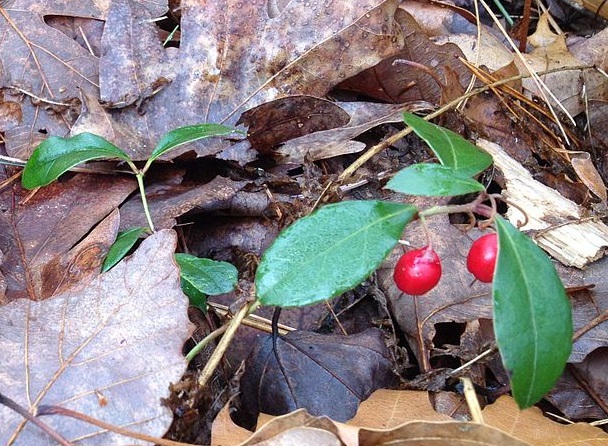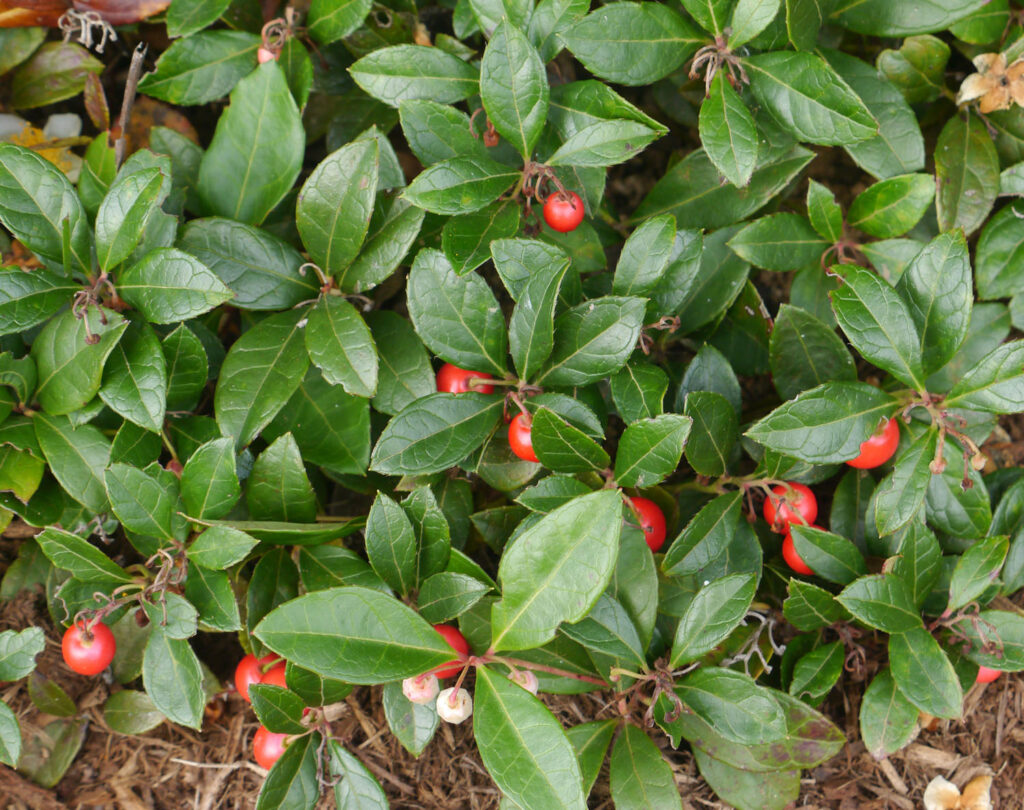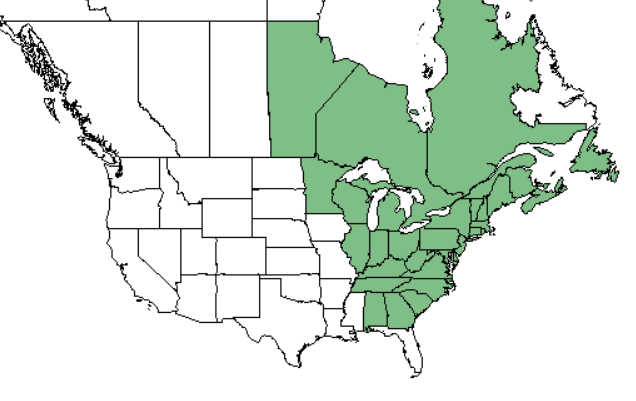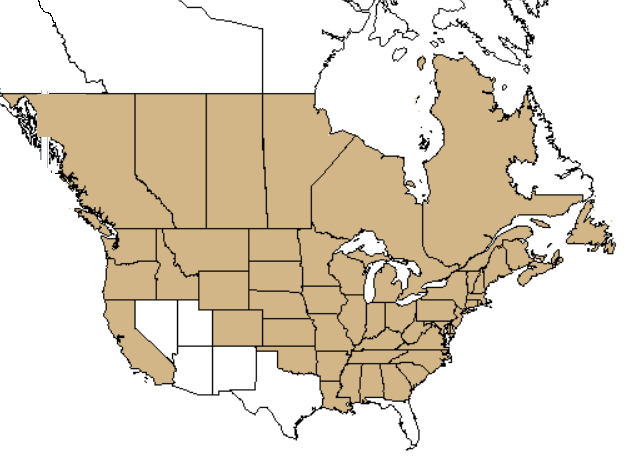Wintergreen Plant Identification
General
Once growing, the wintergreen plant, spreads out by its rhizomes. When you find a grouping of wintergreen, chances are there is an underground root system connecting most of the plants together. Plants also start by seed but stratification, a period of cold, is necessary.
Wintergreen is still highly regarded and used by foragers and herbalists for both food and medicine.
Common Names
Boxberry, deer berry, Ground Berry, Spiceberry, wintergreen, checkerberry, tea leaf, teaberry, and creeping wintergreen
Description

The oval-shaped leaves are green, leathery, shiny, hairless, and slightly toothed and grow on stems that are 3” to 7” tall. They are, broadest beyond the midpoint and coming to a rounded point at the tip, about 1″-2″ long and 1/2″-1″ wide. In autumn the leaves turn reddish.
The flowers are colored white to pale pink, bloom during the later summer (July – August) and are shaped like blueberry flowers. They have five terminal lobes.
Range and Habitat
The wintergreen plant is native to Eastern North America from Georgia north to New England to Newfoundland to Manitoba and south to Mississippi – Eastern US and Canada.
It can be found under white pines or in moss, and in mixed forests. The plants do well in low nutrient soil as long as there is good drainage.
Harvest

Although wintergreen plants are evergreen the leaves turn reddish during winter months. They can still make a good tea but it will not be as good as fresh greens leaves would make. With that said, you can harvest leaves year-round and use.
The berries will turn red in the fall. This is the time to harvest. They are at their freshest. Just like with wintergreen leaves, you can harvest the berries throughout the winter. Later in the winter they will lose some of the taste and become dryer, but they can still be harvested – they don’t necessarily go bad.
Edible
The berries of wintergreen plants are edible for people and a wide range of animals.
Wintergreen plant leaves are used in herbal teas.
Interesting Notes

The volatile oils of winterberry deter most insect pests.
Native Americans brewed a tea from the leaves to alleviate rheumatic symptoms, headache, fever, sore throat, and various aches and pains.
Wintergreen is a common flavoring in American products ranging from chewing gum, mints, and candies to smokeless tobacco such as dipping tobacco
The berries are high in vitamin C and contain wintergreen oil
Wintergreen essential oil is much more concentrated. It is potentially not safe to ingest in any amount – click the link and read the potential issues from NDNR.com
Picture License attribution
English: Wintergreen from Greeley, Pennsylvania in early December.
Date 6 December 2016
Source Own work
Author Bramblehillshaman
CC-BY-SA-4.0 self
3.31MB 2448×3264
